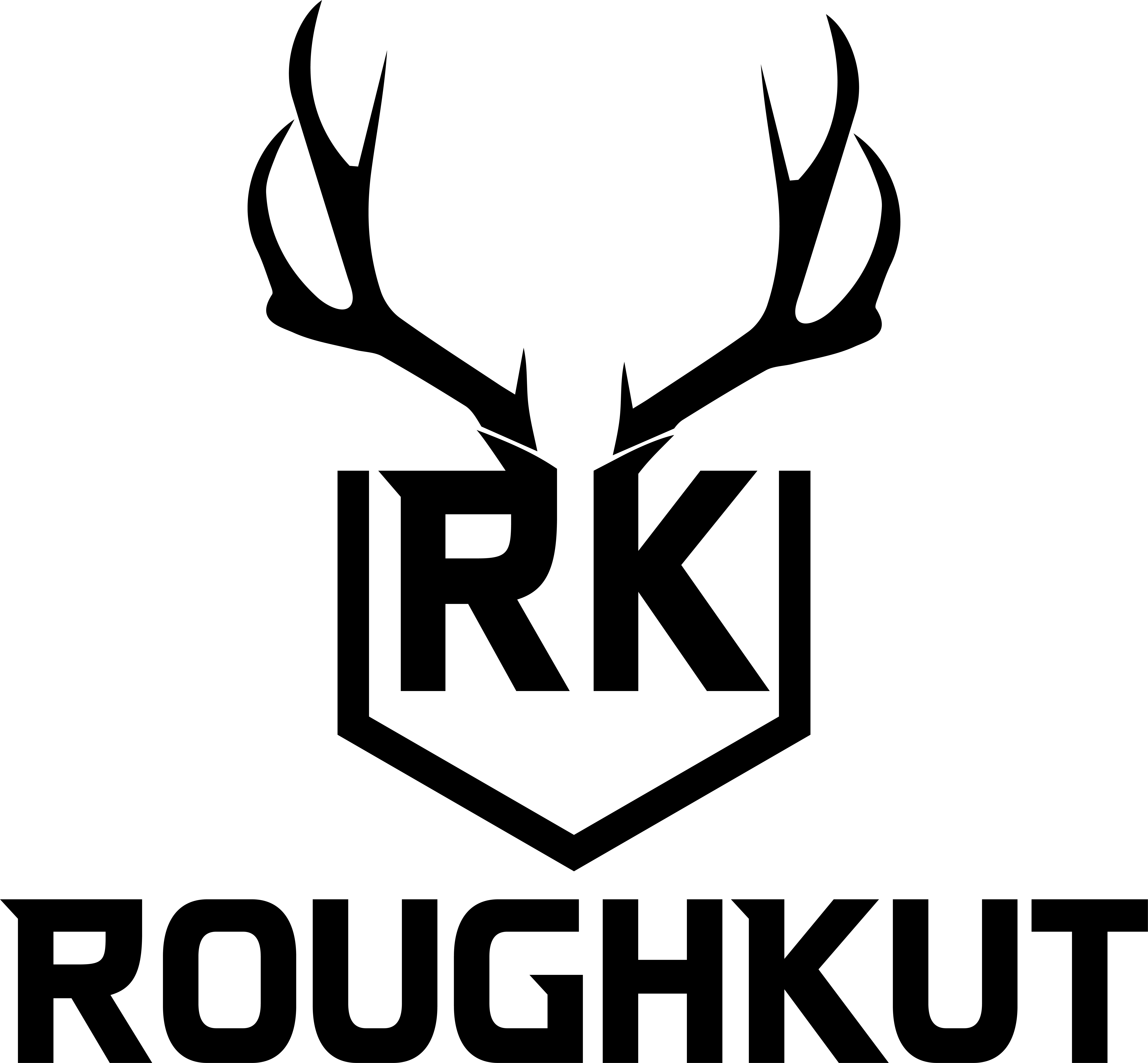Hunting Big Game in Nevada
Nevada is a great destination for hunters who want to experience the thrill of pursuing big game animals in diverse and scenic landscapes. The state offers hunting opportunities for mule deer, elk, pronghorn antelope, bighorn sheep, mountain goat, black bear and mountain lion. However, hunting big game in Nevada requires some planning and preparation, as well as following the rules and regulations set by the Nevada Department of Wildlife (NDOW). Here are some of the things you need to know before you hunt big game in Nevada.
Types of Big Game Animals
Nevada is home to a variety of big game animals, each with its own characteristics, habitats and seasons. Some of the most popular and sought-after big game animals in Nevada are:
- Mule deer: These are the most abundant and widely distributed big game animals in Nevada. They can be found in all parts of the state, from the high mountains to the low deserts. Mule deer are typically brown or gray in color, with large ears and a black-tipped tail. They have antlers that fork twice or more, giving them a distinctive appearance. Mule deer are active mostly at dawn and dusk, and feed on a variety of plants. Mule deer hunting seasons vary by region and weapon type, but generally run from late August to early December.
- Elk: These are the largest and heaviest big game animals in Nevada. They can weigh up to 800 pounds and stand up to 5 feet at the shoulder. Elk have a dark brown body, a light tan rump patch and a shaggy mane around the neck. They have antlers that branch out into several points, which they shed and regrow every year. Elk live in forested areas, meadows and grasslands, where they graze on grasses, shrubs and trees. Elk hunting seasons vary by region and weapon type, but generally run from late August to early November.
- Pronghorn antelope: These are the fastest land animals in North America, capable of reaching speeds of up to 60 miles per hour. They have a tan body, white markings on the face, neck and belly, and black horns that curve backwards. Pronghorn antelope live in open plains, sagebrush flats and rolling hills, where they feed on grasses and forbs. Pronghorn antelope hunting seasons vary by region and weapon type, but generally run from late August to early October.
- Bighorn sheep: These are the most coveted big game animals in Nevada, due to their rarity and trophy value. They have a brown body, a white rump patch and a white muzzle. They have massive curved horns that can weigh up to 30 pounds each. Bighorn sheep live in rugged mountain ranges, cliffs and canyons, where they feed on grasses, shrubs and cacti. Bighorn sheep hunting seasons vary by region and weapon type, but generally run from late October to early December.
- Mountain goat: These are the most elusive and challenging big game animals in Nevada, due to their remote and steep habitats. They have a white coat that helps them blend in with the snow, black horns that point backwards and slightly upwards, and cloven hooves that allow them to climb rocky slopes. Mountain goats live in high elevation alpine zones, where they feed on grasses, sedges and lichens. Mountain goat hunting seasons vary by region and weapon type, but generally run from late September to early November.
- Black bear: These are the only bears found in Nevada, although they are not native to the state. They have a black or brown coat that can vary in color depending on the season and location. They have small eyes, ears and tail, a long snout and large claws. They have a hump on their shoulders that helps them dig for food. Black bears live in forested areas, especially near water sources, where they feed on berries, nuts, insects, fish and carrion. Black bears are omnivorous and can also prey on deer, elk and livestock. Black bear hunting seasons vary by region and weapon type, but generally run from mid-August to mid-December.
- Mountain lion: These are also known as cougars or pumas. They have a tawny coat that can range from light brown to reddish-brown. They have round ears, a long tail that can measure up to 3 feet long, and powerful jaws and claws. They have a slender body that can weigh up to 200 pounds and measure up to 8 feet long from nose to tail tip. Mountain lions live in a variety of habitats, from mountains to deserts, where they feed on deer, elk, bighorn sheep, antelope and other animals. Mountain lion hunting seasons vary by region and weapon type, but generally run from year-round.
License Fees and Draw Process
To hunt big game in Nevada, you need to buy a hunting license and a tag for the specific animal you want to hunt. A hunting license gives you the ability to hunt upland game and waterfowl during the open seasons, while a tag is required for each big game animal you want to harvest. The license and tag fees vary depending on your residency status, age and the type of animal you want to hunt. You can find the current license and tag fees on the NDOW website.
Most big game tags in Nevada are awarded by a random draw process, which means you have to apply for a chance to get a tag. The draw process is designed to distribute the limited number of tags available for each species and unit, while giving preference to hunters who have applied for many years without success. The draw process has several steps and deadlines, which you can find on the NDOW website. You can apply for up to five hunt choices per species, and you can apply for multiple species in the same application. You can also apply as a group with up to four other hunters, as long as you have the same hunt choices.
Some big game tags in Nevada are available over the counter or through other programs, such as landowner tags, first-come first-served tags, or auction and raffle tags. These tags are usually for less popular or less accessible units or species, or for hunters who are willing to pay more or support conservation efforts. You can find more information about these tags on the NDOW website.
Types of Weapons Allowed
Nevada allows different types of weapons for hunting big game, depending on the species and season. The main types of weapons allowed are:
- Rifles: These are firearms that have a rifled barrel and fire a single projectile. Rifles are allowed for most big game species and seasons, except for archery-only seasons or areas. Rifles must have a minimum caliber of .22 inches for deer, antelope and mountain lion; .24 inches for elk, bighorn sheep and mountain goat; and .30 inches for black bear. Rifles must also have a minimum barrel length of 16 inches and an overall length of 26 inches.
- Muzzleloaders: These are firearms that load the powder and projectile from the muzzle end of the barrel. Muzzleloaders are allowed for most big game species and seasons, except for archery-only seasons or areas. Muzzleloaders must have a minimum caliber of .45 inches for deer, antelope and mountain lion; .50 inches for elk, bighorn sheep and mountain goat; and .54 inches for black bear. Muzzleloaders must also have an exposed ignition system (flintlock, percussion cap or musket cap) and use black powder or a black powder substitute.
- Shotguns: These are firearms that have a smooth barrel and fire multiple pellets or slugs. Shotguns are allowed for deer hunting only, during any legal season or area. Shotguns must have a minimum gauge of 20 and use slugs only.
- Handguns: These are firearms that have a short barrel and are designed to be held and fired with one hand. Handguns are allowed for most big game species and seasons, except for archery-only seasons or areas. Handguns must have a minimum caliber of .22 inches for deer, antelope and mountain lion; .24 inches for elk, bighorn sheep and mountain goat; and .30 inches for black bear. Handguns must also have a minimum barrel length of 4 inches.
- Archery: These are weapons that use a bow and arrow to launch a projectile. Archery equipment is allowed for all big game species and seasons, including archery-only seasons or areas. Archery equipment must have a minimum draw weight of 40 pounds for deer, antelope and mountain lion; 50 pounds for elk, bighorn sheep and mountain goat; and 60 pounds for black bear. Archery equipment must also use arrows with broadheads that have at least two cutting edges and a minimum cutting diameter of 7/8 inch.
You can find more information about the weapon types, specifications and restrictions on the NDOW website. You should also check the regulations booklet for each species and season before you hunt.
Hunting big game in Nevada is an exciting and rewarding experience that requires some planning and preparation. You need to buy a hunting license and a tag for the specific animal you want to hunt, which may involve applying for a random draw process or purchasing one through other programs. You also need to choose the type of weapon you want to use, which may vary depending on the species and season. You should also familiarize yourself with the habitats, behaviors and characteristics of the big game animals you want to hunt, as well as the hunting ethics, safety and conservation practices that will ensure a successful and enjoyable hunt. Nevada is a state that offers many opportunities for hunters to pursue their passion and challenge themselves in the pursuit of big game. If you are ready to hunt big game in Nevada, you can start by visiting the NDOW website and applying for your license and tag today.




